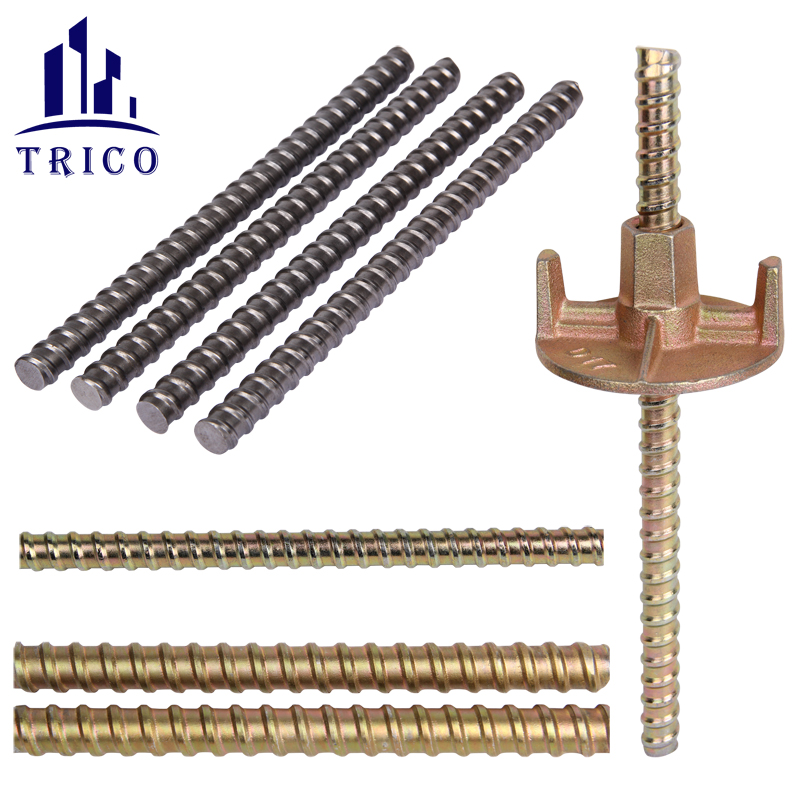The formwork is something being used in concrete constructions as a “mould”, where concrete is poured in. Formwork types vary in materials, for instance, or elements to be built.
Thus, they can also be named after the type of construction of structural elements such as the ones for walls, slabs, formworks for beams, for pillars for beams and columns, etc.
Once dismantled they can always be reused. Reusable formworks are known as panel forms, whereas disposable formworks are known as stationary forms.

Here is what makes a formwork perfect:
Resistance against the pressure of fresh concrete, the speed of it welling up while being poured and its vibro-tamping.
High quality and smooth finishing of concrete surfaces.
Sturdy formation supported and efficiently reinforced both horizontally and vertically, in order to maintain shape and stability.
Also:
Formwork materials must be economical, procurable and facilitate reutilisation
The formwork follows a precise positioning line, along with a smooth, flat surface.
The material cannot get misshapen when exposed to weathering.
Lumber formworks
Formwork timber must meet some requirements, and it has to be:
well seasoned (kiln-dried)
light-weight
clear of gum veins or cracks
When it comes to fair-face concrete the wood used for the formwork must present a smooth and uniform surface on all of its faces as it will come into direct contact with it.
Plywood formwork
After a resin-based treatment, the plywood sheets are fixed to the wooden frames in order to obtain a variety of sizes.
This type of formwork is not very costly in comparison with wood, if not even cheaper sometimes. Although it is more efficient than wood in some ways – it features a smoother finishing and can cover larger areas.
It can be reutilised far more times than the wooden formworks thus can be used even 20-25 times.
Both plywood and wooden formworks are nearly off the market for they are being replaced by formworks in other materials, more performing and reusable, such as steel. Some plywood might still be found on sites where a lighter structure is required.
Steel formwork
These panels are made of thin steel plates stiffened along the edge by tiny steel angles.
The panels can be manufactured in large amounts, in any desired modular shape or size. The steel formwork is widely used in large projects or where a large number of formwork reuses is necessary. This type of formwork is considered the most suitable for circular or curved structures.
Steel formwork rather than wood formwork – why:
The steel forms are more resistant, durable and last longer when compared to wooden formworks; plus, their reuse is more frequent.
Steel formworks can be installed and removed easily and quickly.
Using steel formworks ensures a better quality of the concrete surface and do not require further treatment.
Steel formworks do not absorb moisture from concrete.
Steel formworks do not shrink nor deform.
Previous: High damping rubber bearing (HDR)
Next: The Most Effective Galvanized Tube Manufacturer in China
Copyright:@2020-2021
Comments Please sign in or sign up to post.
0
0 of 500 characters used